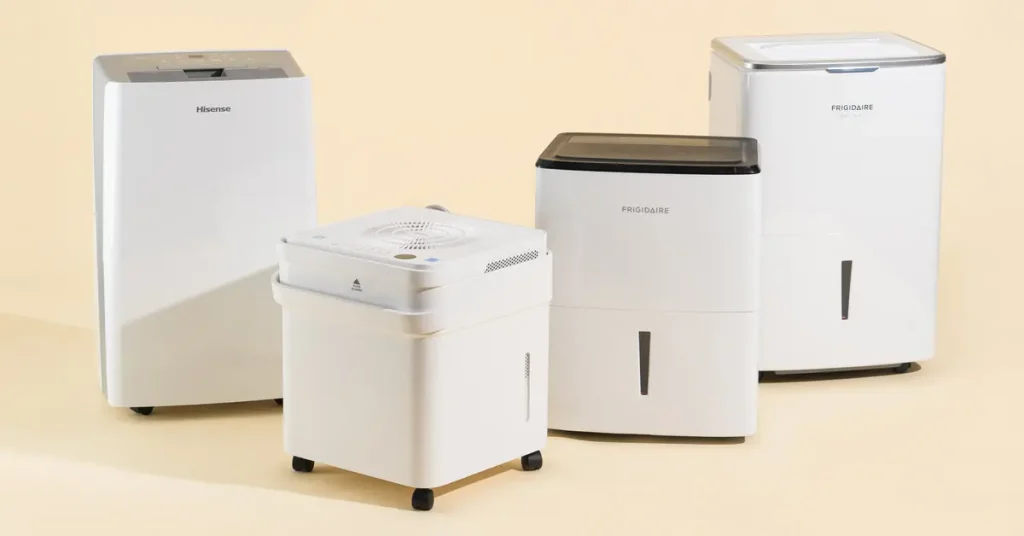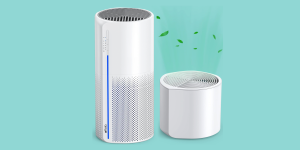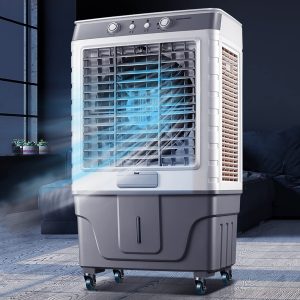Dehumidifiers: What Are They For? How They Work, Applications, and Safe Usage Tips

Dehumidifiers are essential devices for regulating humidity levels in indoor spaces, helping to create a more comfortable and healthier environment. This article will explore the purpose of dehumidifiers, how they work, their practical applications, and tips for using them safely.
1. What Are Dehumidifiers For? (Introduction, Common Types, and Benefits)
A dehumidifier is a device designed to reduce and maintain humidity levels in the air. High humidity can lead to various issues, such as mold growth, musty odors, and increased allergens. Dehumidifiers help mitigate these problems by extracting excess moisture from the air, making indoor environments more comfortable and healthy.
There are several types of dehumidifiers commonly used:
- Refrigerant Dehumidifiers: These are the most common type and work by cooling the air to condense moisture into water, which is then collected in a reservoir or drained away.
- Desiccant Dehumidifiers: These use materials that naturally absorb moisture, such as silica gel or other desiccants. These are typically quieter and used in colder environments.
- Thermo-electric (Peltier) Dehumidifiers: These are small, energy-efficient units ideal for personal spaces or small rooms, operating on a thermoelectric principle.
The main benefits of using a dehumidifier include:
- Preventing Mold Growth: Reduces moisture in the air that can lead to mold and mildew formation.
- Improving Air Quality: Helps reduce allergens like dust mites and pollen, which thrive in humid conditions.
- Protecting Property: Safeguards furniture, electronics, and other items that can be damaged by excessive humidity.
- Enhancing Comfort: Increases comfort levels in humid environments, especially in places with hot, sticky weather.
2. How Do Dehumidifiers Work? (Principles and Key Components)
Dehumidifiers work by removing excess moisture from the air, which helps to maintain an optimal humidity level. The process varies slightly depending on the type of dehumidifier, but all systems follow a similar principle of moisture extraction.
The key components of a dehumidifier include:
- Compressor (for refrigerant dehumidifiers): The compressor helps cool the air, causing water vapor to condense into liquid form.
- Evaporator Coil: As the air passes over the evaporator coil, the temperature of the air drops, causing moisture to condense into water droplets.
- Condenser Coil: This helps the condensed water to drain into the reservoir or be removed through a drain hose.
- Fan: The fan draws in humid air, allowing it to pass over the evaporator coils, where it is cooled, and the moisture is removed.
- Water Tank or Drain Hose: Condensed water is collected in a tank, which needs to be emptied, or it can be directed through a drain hose for continuous drainage.
In a refrigerant dehumidifier, the air is drawn in, cooled by the evaporator coils, and moisture is extracted and collected as water. This method works efficiently in warmer, humid environments. In desiccant dehumidifiers, the moisture is absorbed by materials inside the unit, and the moisture is released when the material is heated.
3. Where Are Dehumidifiers Used? (Practical Applications)
Dehumidifiers are beneficial in a wide range of environments, especially those where humidity levels can create discomfort or cause damage:
- Homes and Apartments: In areas with high humidity, such as basements or bathrooms, dehumidifiers help reduce moisture, preventing mold growth and preserving the structure of the home.
- Offices: Dehumidifiers can create a more comfortable working environment, especially in places with poor ventilation, reducing the risk of humidity-related issues such as musty odors and respiratory discomfort.
- Storage Areas: Dehumidifiers are crucial in warehouses or storage units, especially for sensitive materials such as documents, clothing, and electronics, which can be damaged by high humidity.
- Basements and Crawlspaces: These areas are particularly prone to dampness and mold. Dehumidifiers help maintain a dry environment, preventing damage to stored items and reducing mold risks.
- Greenhouses: Maintaining the right humidity level is essential for plant growth. Dehumidifiers are used to ensure a balanced environment for crops and plants.
- Bathrooms: In spaces where humidity levels can spike due to showers and baths, dehumidifiers help reduce excess moisture, preventing mold and mildew.
Dehumidifiers are also useful in laundry rooms, where drying clothes can release moisture into the air, and in hospitals to prevent the spread of mold and mildew in sterile environments.
4. How to Use a Dehumidifier Safely (Safe Usage Tips and Important Considerations)
To ensure the dehumidifier is used effectively and safely, consider the following tips:
- Clean the Dehumidifier Regularly: Regular maintenance is essential to keep the dehumidifier working efficiently. Clean the filter, reservoir, and coils as per the manufacturer’s instructions to avoid mold buildup and maintain performance.
- Place the Dehumidifier in a Suitable Location: Ensure the unit is placed in a well-ventilated area, away from walls and furniture, to allow for proper airflow. Make sure the exhaust is unobstructed to prevent overheating.
- Empty the Water Tank Frequently: If the dehumidifier does not have a continuous drainage option, empty the water tank regularly to prevent mold growth within the unit.
- Avoid Overuse: Running the dehumidifier for extended periods in a small space may lead to excessively dry air, which can cause discomfort. Monitor the humidity levels and use a hygrometer to keep humidity between 30-50%.
- Use the Right Size Dehumidifier for the Space: Choose a dehumidifier with the correct capacity for the area you’re using it in. A unit that is too small will be inefficient, while one that is too large may overly dry the air.
- Check for Proper Ventilation: While the dehumidifier extracts moisture, ensure that the room has proper ventilation to prevent the buildup of stale air or negative effects on indoor plants or people with respiratory issues.
By following these guidelines, you can ensure your dehumidifier operates effectively, enhancing comfort and health without risking damage to your environment.
Conclusion
Dehumidifiers are indispensable devices that play a vital role in improving air quality and preventing humidity-related issues. By understanding how dehumidifiers work, where they can be used, and how to use them safely, you can maximize their benefits in maintaining a comfortable, healthy, and mold-free indoor environment. Whether you’re addressing high humidity in your home, office, or storage area, a dehumidifier is a valuable tool for creating a safer and more pleasant atmosphere.







